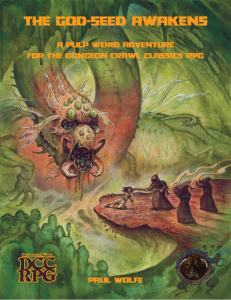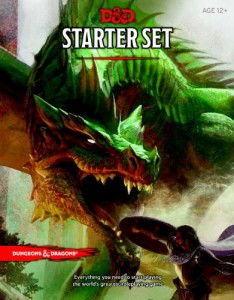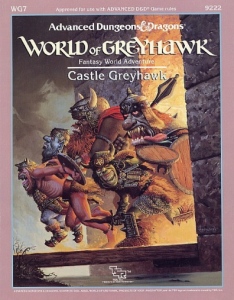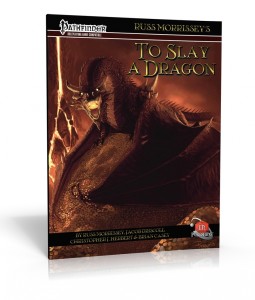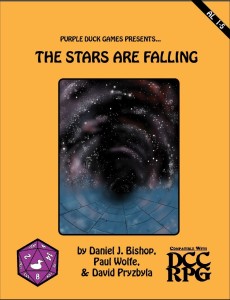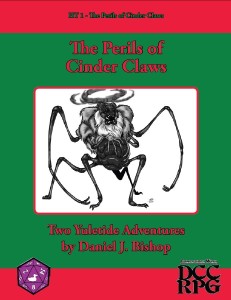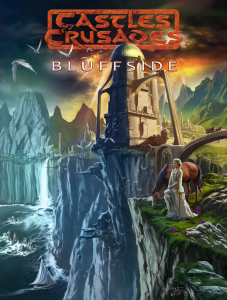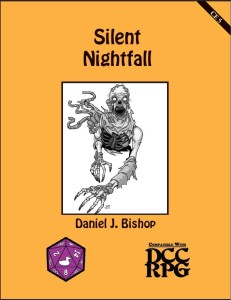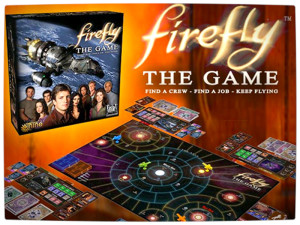 There has been a ton of board games based on licenses in the past few years. I have been reluctant to try them as the few I have tried have not always been good. The few standouts have been games like Battlestar Galactica and the X-Wings miniature game. Most seem to try to cash in on the name with a game that does not always make sense and may have been rushed to production. I was leery with Firefly. I had heard a few good things about it on the net but nothing from a trusted source. I have not played it as often as I would like but so far I have been rather pleased with the game.
There has been a ton of board games based on licenses in the past few years. I have been reluctant to try them as the few I have tried have not always been good. The few standouts have been games like Battlestar Galactica and the X-Wings miniature game. Most seem to try to cash in on the name with a game that does not always make sense and may have been rushed to production. I was leery with Firefly. I had heard a few good things about it on the net but nothing from a trusted source. I have not played it as often as I would like but so far I have been rather pleased with the game.
Firefly Board game is a game for one to four people (it does have rules for solo play) that plays in about two to three hours. Each player starts with their own Firefly, chooses a captain, and a place on the board to start. Each captain is different and offers its own advantages. As one prepares the game for set up it seems a lot more complicated than it really is.
The game takes up a bit of space. The board itself is good sized but one also needs room for many different decks of cards and their discard piles. The base game has thirteen different decks. Five of the decks represent different jobs that the Firefly captains can get from different contacts like Badger or Patience. Five other decks represent the different items and crew that can be acquired at different locations like the Space Bizarre or Regina. Two decks show movement one for inside Alliance space and the other for Border space where the Reavers are. The last deck is the misbehaving deck and this deck is used to complete some of the jobs and requirements to win the game.
Each captain starts with some fuel, a few spare parts, and a little cash. They are free to travel around to different places to get jobs or shop and try to find crew. There is a balance that has to be done as getting money from jobs is great but does not always lead one to victory. Finding the best crew and items is always great but again rarely will it in itself lead to victory.
I will admit when we first set up the game and saw all the components and decks it was really a little frightening. About half way through the first game when we started to see all the elements click together and it felt like a Firefly game that we knew we were really going to like this game.
There are Story cards that determine the win condition of the game. There are too few Storycards in the game and even with expansion there still does not feel like there are enough to that they have much variety. I like the concept of the cards and I just hope that someone finds a way to really make some cool scenarios be it the company or some fans. Each card starts with some flavor text to set up the story. Then there are certain goals that have to be done in a specific order. It might to do successful jobs for certain characters, or acquire so much money, or to go to some planet and accomplish something. To be able to do it though one needs to complete jobs and acquire a crew and gear. I like the game because one can just do jobs and become very successful there but if one is not working towards the goals it doesn’t matter how good the crew and gear are and it doesn’t matter how much money you have. Someone can do a few jobs and then try for the goals quickly and that can make for a short game if they win. But if they can’t complete the goals that can really set them back as they might have to replace dead crew members or get better equipment or other actions that have to be done to overcome setbacks.
There are three types of checks that are usually made: diplomacy, mechanics, or fighting. One adds up all the bonuses for whatever check they are about to make and rolls a d6 to try to get higher than a target number. A one is not an automatic failure and the 6 explodes so one rolls the die again and adds that number as well. There is always a chance of success though it might not be very good. Some diplomacy checks are called bribes so one can spend money to increase the chances of success. Some fighting is done with kosher rules so no weapons allowed. Most characters have a bonus to some or all the skills. A well rounded character might have a bonus to each where a really specialized character might have a plus three to one skill. Some characters will just have a plus one to one skill as most of the characters for hire are not that skilled. Characters have a cost that one has to spend to hire them and then that cost is subtracted from each successful job as one has to pay the crew. This is very important and on jobs that pay out in items other than money the crew still needs to get paid in cash.
On one’s turn when moving one either moves one space with no chance of something happening or they move up to five spaces by spending one fuel. There are engine upgrades that can change those numbers. When doing a fuel burn one has to flip over cards from the Alliance or Border space deck for each space moved. This can have nothing happening so the ship keeps flying or there could be an encounter or mishap. Some of the encounters are salvage ops and there captain can stop and end his turn there with the chance of recovering some cargo or other resource or the captain can ignore it and more on. A card can also show the ship has a malfunction so a spare part can be spent or a mechanics check might keep the ship flying. A run in with an Alliance ship or Reaver ship is the worst possibility. With the Alliance ship as long as the Captain has no warrants out for him and has no wanted crew and is not smuggling contra band or fugitives he’s fine. If he some of that then he might lose it or pay a fine. The Reaver ship is much worse. All passengers and fugitives are automatically killed. A weapons check is made to see how many of the crew die. Border space is a dangerous place but such encounters are still very rare making it a good gamble.
One thing that does slow down the game but I like are the Job and Planet decks. The discard pile can be looked through by anyone and those are available for people to get. Basically a person that lands on one of these spaces that wants a job or wants to buy something can consider up to three cards and get up to two. They can consider cards in the discard pile after looking through it and then draw cards from the deck to get up to three total. Any they pass on gores in the discard pile.
That’s a fair rundown on most of the basics. I did not cover everything but that should give more than a good over view. I wanted to also talk about some of the expansions. Every game has expansions it seems these days and Firefly is no exception. I’ll cover the ones I have.
Artful Dodger: This is a different ship. It adds a fifth player to the game. The ship is also different from the Fireflies. It has a better engine and can hold more crew but does hold less cargo. It means doing multiple jobs at once is a little more difficult.
Big Damn Hero Promo Cards: This small expansion is just five members of Serenity (Malcom, Wash, Zoe, Jayne, and Kaylee) with another ability on their cards. They are each in the main game but these promo cards have it so whenever any of them successfully completes a misbehaving card they receive an extra $100.
Breakin’ Atmo: This is the first real expansion but it is a small one. It is just fifty cards five for each of the job decks and planet decks. It does not add any new rules and I like there being a bit more in each deck so people that want to just go to a place and sit for many turns trying to find the best cards is a bit more difficult to do.
Pirates and Bounty Hunters: This is a good sized expansion. It includes two new ships one that can hold larger amounts of cargo but is a little slower and one that is very small and fast. It has some new captain options. Most importantly though it has player verse player rules. If one gets the right job they can attack other ships. It also has warrants so that ships can go after certain characters that are wanted and turn them in for money. The rules her can change the game nicely and allow for more interaction between players.
Chris Gath. I’ve been gaming since 1980 playing all kinds of games since then. In the past year I’ve run Pathfinder, Dungeon Crawl Classic, Paranoia, and Mini d6. My current campaign is mini d6 and we are using that for a modern supernatural conspiracy investigative game. On some forums I’m known as Crothian and I’ve written a few hundred reviews though I took a sabbatical from reviewing for a few years as it burnt me out. I was also an judge for the Gen Con awards (ENnies) six times. Jeff, the owner of this blog, is one of my players and a good friend.
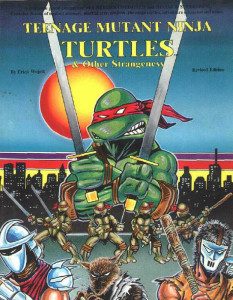 The 1980’s saw a lot of the odd and weird. Teenage Mutant Ninja Turtles was an underground comic that sadly was made into a kids cartoon. That really altered people’s perception of the property and was probably the death of the RPG. I found quotes online that suggest the sales of the game plummeted after the cartoon came out yet the supplements kept coming out for many years.
The 1980’s saw a lot of the odd and weird. Teenage Mutant Ninja Turtles was an underground comic that sadly was made into a kids cartoon. That really altered people’s perception of the property and was probably the death of the RPG. I found quotes online that suggest the sales of the game plummeted after the cartoon came out yet the supplements kept coming out for many years.
